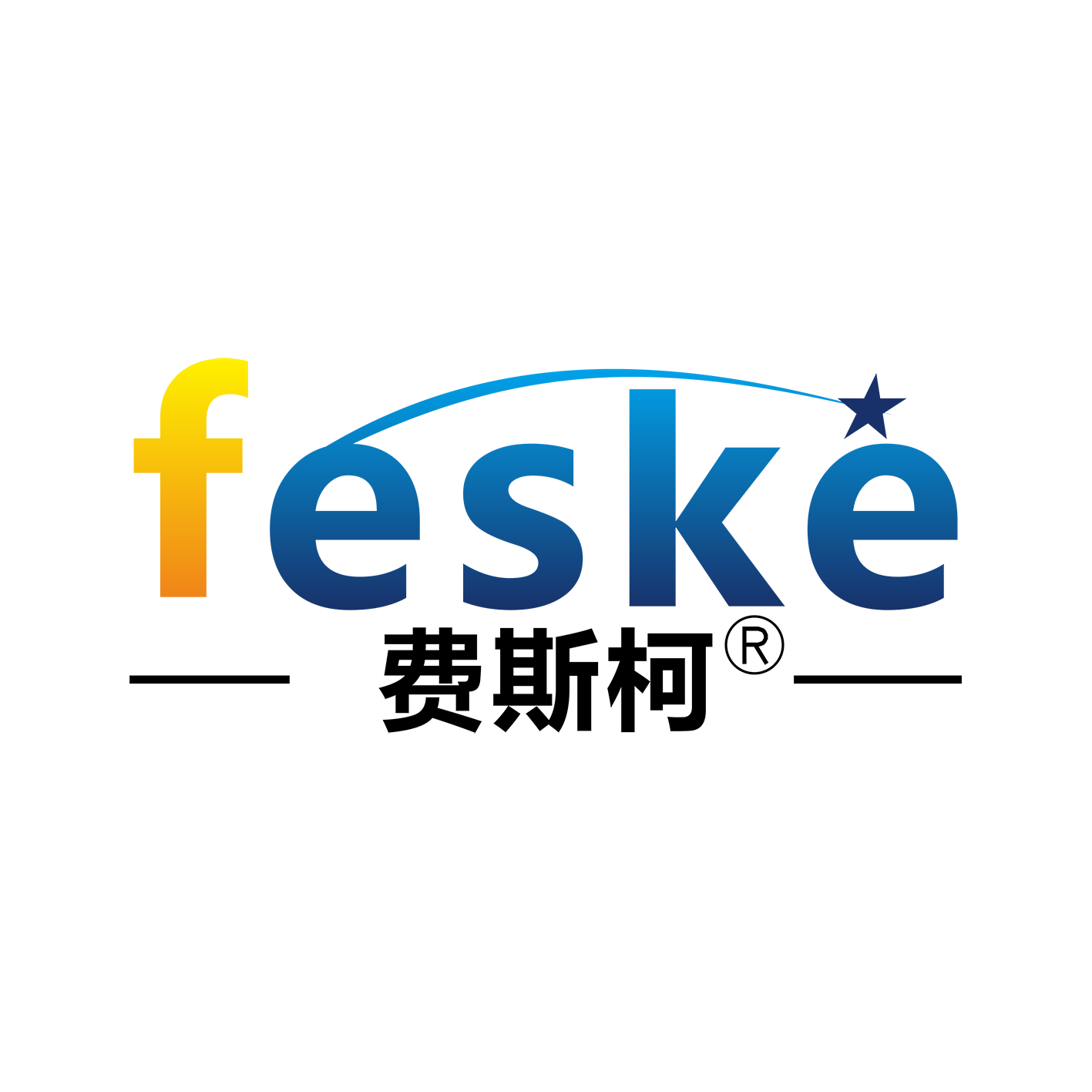Differences between Linear Motors and Servo Motors
Core Differences Between Linear Motors and Servo Motors
Both linear motors and servo motors are used for precision motion control in industrial automation, but
their technical principles, performance characteristics, and application scenarios differ significantly. The
following are the key differences:
1. Motion Type and Structure
Linear Motors: Directly generate linear motion without the need for an intermediate transmission mech
anism (such as a ball screw). Their structure is simple, consisting of a stator and a mover.
Servo Motors: Output rotational motion, which requires a transmission mechanism (such as a lead screw
or synchronous belt) to convert it into linear motion. Their structure consists of a motor body, encoder,
and reduction gear.
2. Performance Comparison
Accuracy: Linear motors have no backlash or mechanical transmission error, and their positioning accur
acy can reach micron levels. Servo motors are affected by the transmission mechanism, and their accura
cy is typically a few microns.
Speed and Acceleration: Linear motors can reach speeds of up to 300 m/min and accelerations of up to
10 g. Servo motors are limited in speed (approximately 120 m/min) by the transmission mechanism.
Response Speed: Linear motors offer faster dynamic response, a wide speed regulation range (1:10,000),
and can reach high speeds instantly from startup.
3. Control Methods
Linear motors directly control linear motion through current/voltage and require high-precision position
sensors.
Servo motors employ closed-loop control, achieving high-precision regulation of rotational motion
through encoder feedback.
4. Application Scenarios
Linear motors: Suitable for applications requiring high speed and precision, such as semiconductor man
ufacturing, precision testing, and high-speed machining.
Servo motors: Widely used in applications requiring high torque and heavy loads, such as machine tools,
robotics, and automated production lines.
5. Maintenance and Cost
Linear motors are wear-free and have a long lifespan, but their manufacturing costs are high. Servo mot
ors require regular maintenance of their transmission components and are therefore less expensive.
Summary: Linear motors offer significant advantages in high-speed, high-precision applications, but the
ir cost is higher. Servo motors, with their mature technology and high cost-performance, are suitable for
general industrial needs. When choosing a motor, consider a comprehensive consideration of accuracy,
speed, load, and budget.


